10 Amazing Facts About the 1964 Alaska Earthquake
Geologic shake-up
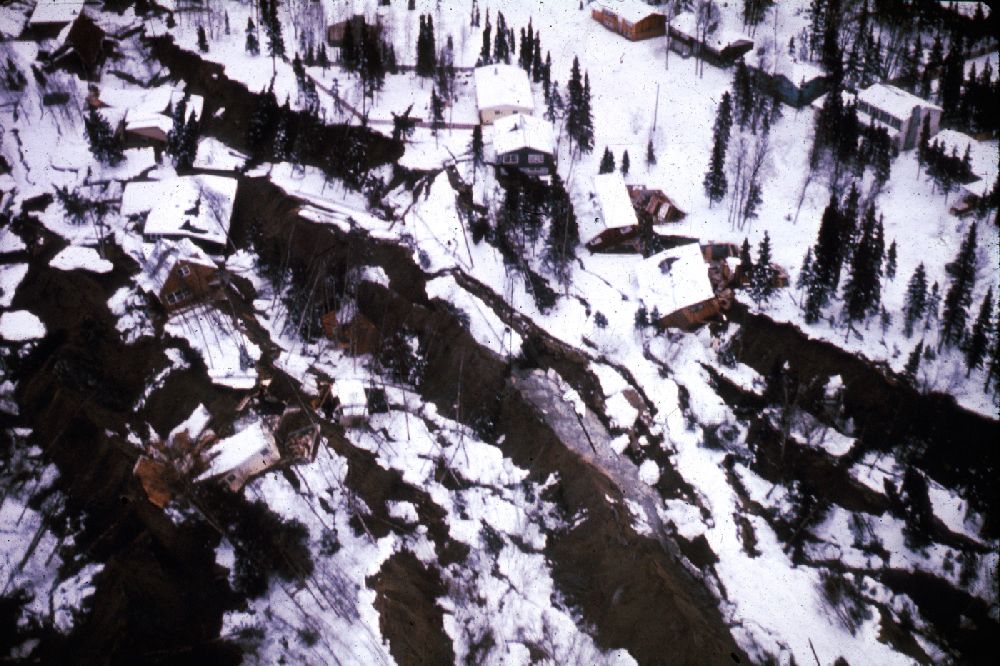
The Great Alaska earthquake struck at 5:36 p.m. Alaska Standard Time on March 27, 1964. The shaking lasted for more than four minutes, launching several deadly tsunamis and triggering killer landslides. The earthquake also transformed geology, because it revealed that oceanic plates are shoved under continents. This was one of the keys that unlocked the theory of plate tectonics.
Deadly tidal waves
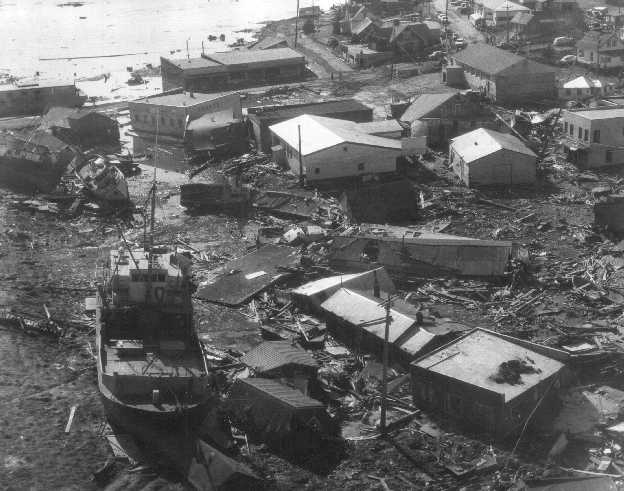
Of the 131 people killed during the earthquake, 119 died in tsunamis. Most were killed by tsunamis triggered by underwater landslides, not by the earthquake-induced tsunami.
Schoolhouse lives
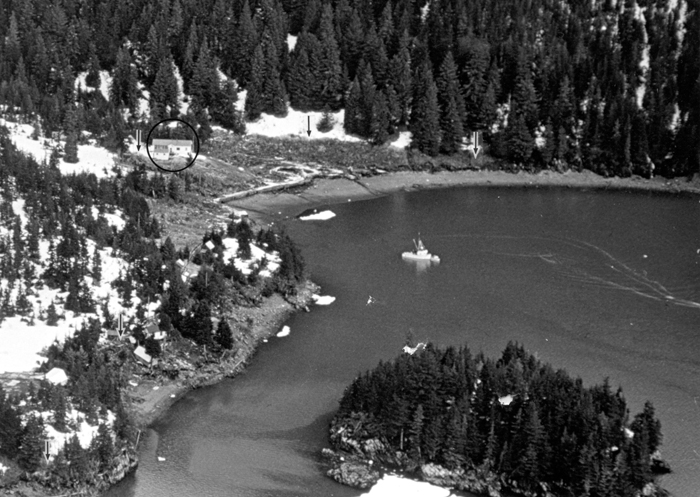
In Chenega, 25 of the village's 76 residents drowned in a tsunami. The only building that survived the wave intact was the schoolhouse, built 100 feet (30 meters) above sea level.
Deadly ground
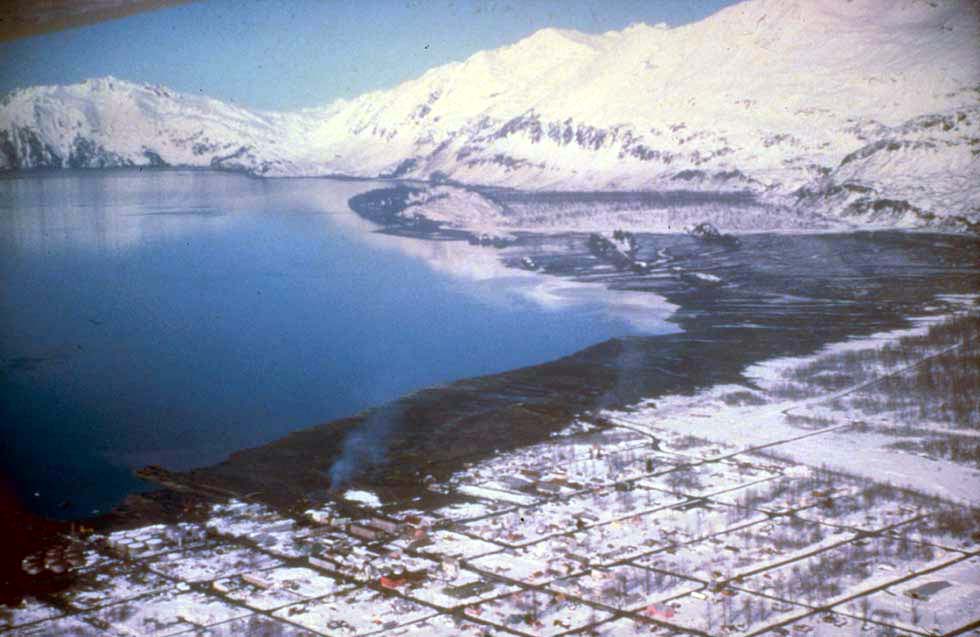
Several towns and villages were moved to safer ground after the tsunamis, including Seward, Valdez, Girdwood and Chenega.
Snapped trees

The tallest tsunami wave height was 219 feet (67 m) in Shoup Bay in the Valdez Inlet.
The day the earth moved

The world rang like a bell for several weeks from the earthquake waves.
Sloshing and jostling
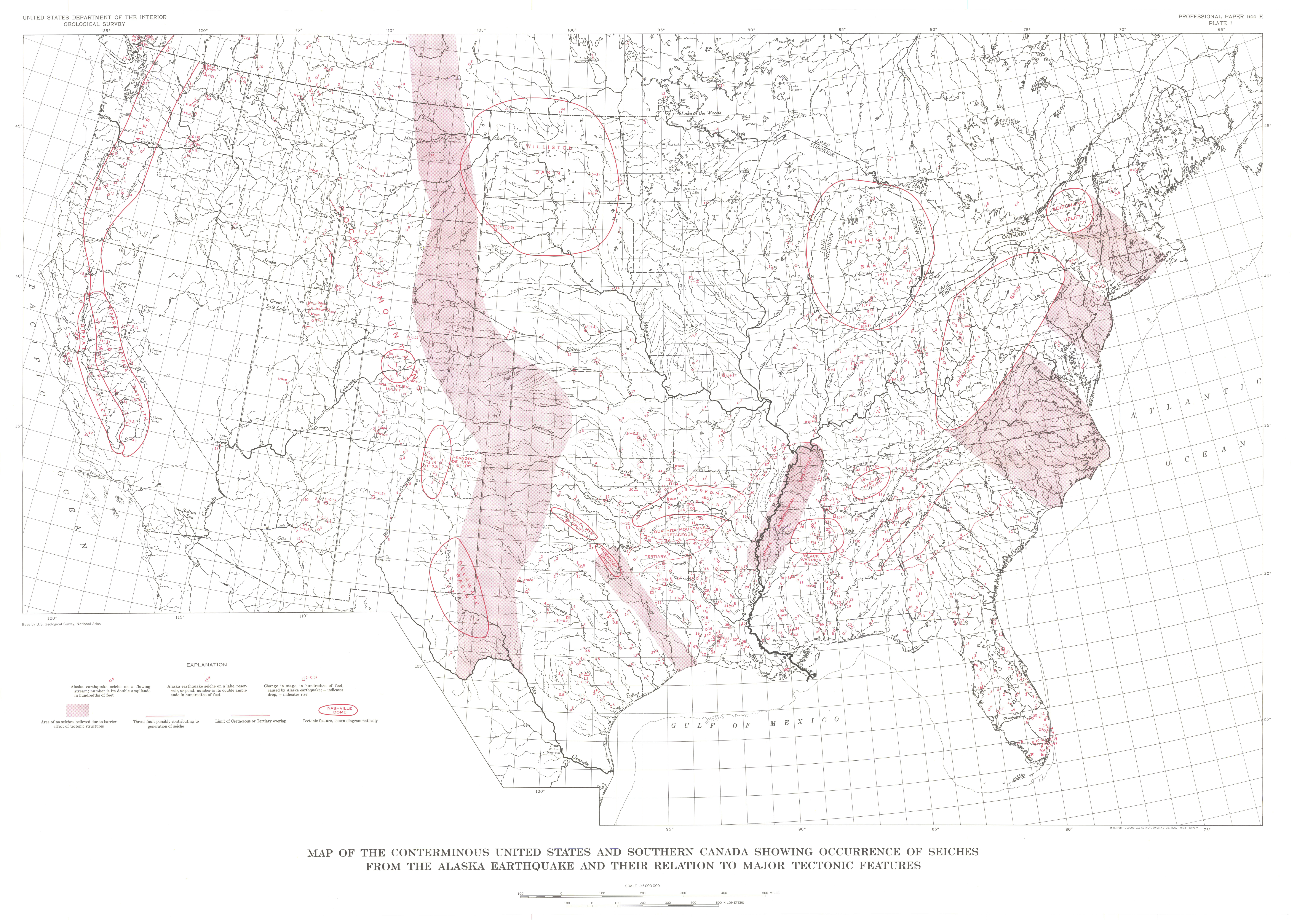
Seiche waves, sloshing of water back and forth in a small body of water like a boat harbor or swimming pool, were noted as far away as Louisiana, where a number of fishing boats were sunk. Oscillations in the height of water in wells were reported as far away as South Africa.
Get the world’s most fascinating discoveries delivered straight to your inbox.
Second-biggest earthquake
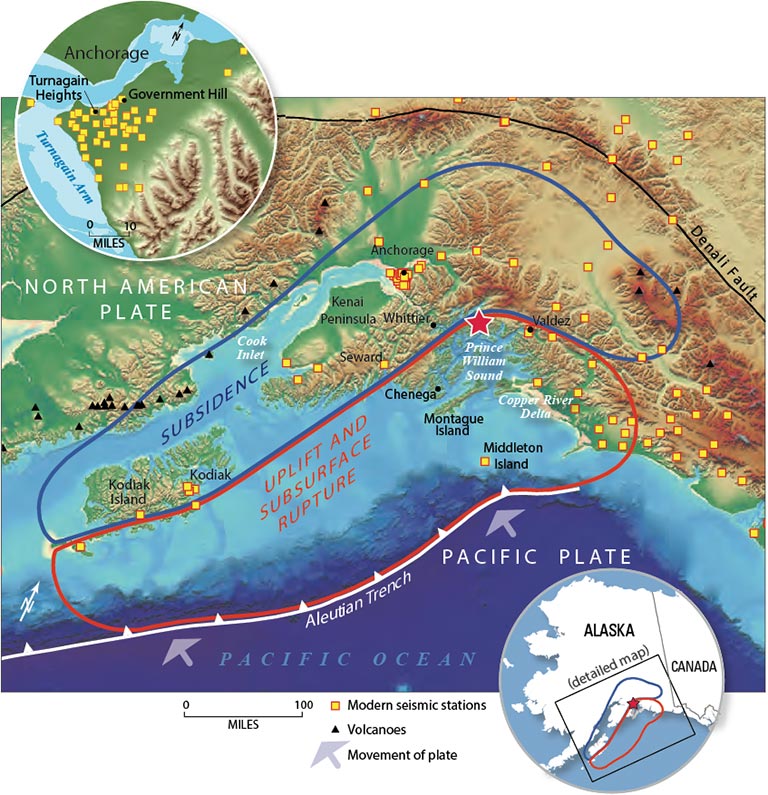
The earthquake initially had a magnitude of 8.5 on the Richter scale. The moment magnitude scale, a better measure of seismic power, has since superseded the Richter scale. The new size estimate is magnitude 9.2, the second most powerful ever recorded.
Atomic force
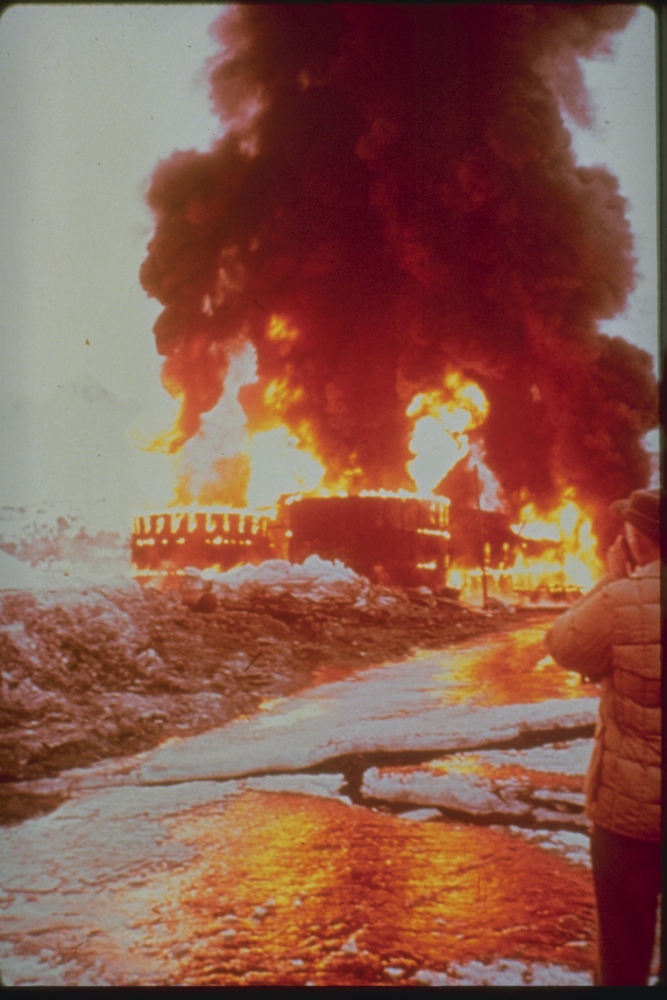
If the energy of a magnitude-5 earthquake is like snapping a single spaghetti strand, then a magnitude-9.2 earthquake releases enough energy to snap 800,000 spaghetti strands, according to the U.S. Geological Survey.
Years of recovery
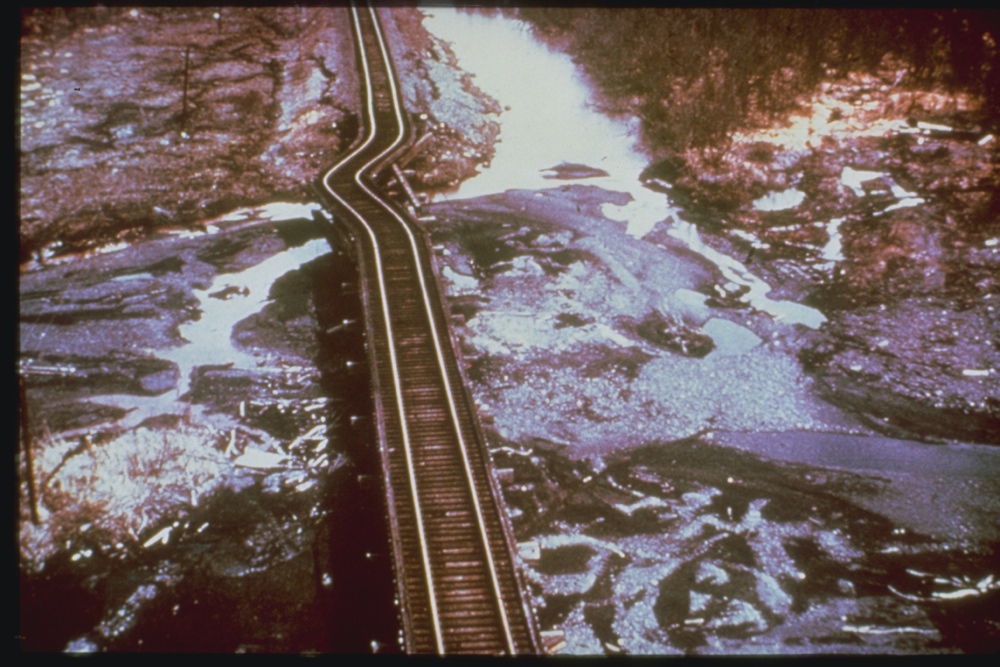
The damage totaled about $300 million in 1964 dollars ($2.3 billion in 2013 dollars).
Seismic central
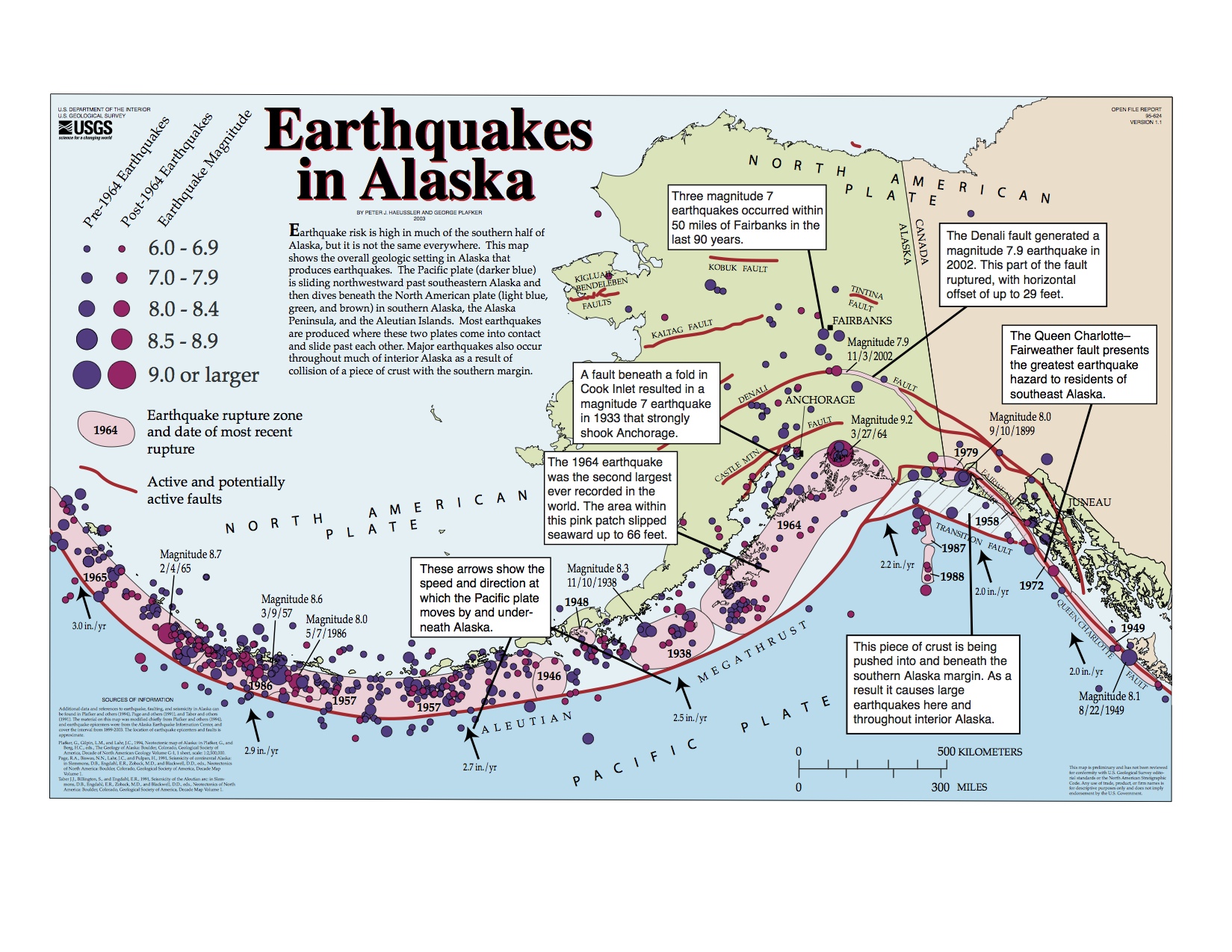
Four out of five earthquakes in the United States occur in Alaska. After the 1964 megathrust earthquake, three-quarters of the Aleutian subduction zone ruptured in a span of eight years. The subduction zone is 2,100 miles (3,300 kilometers) long.



